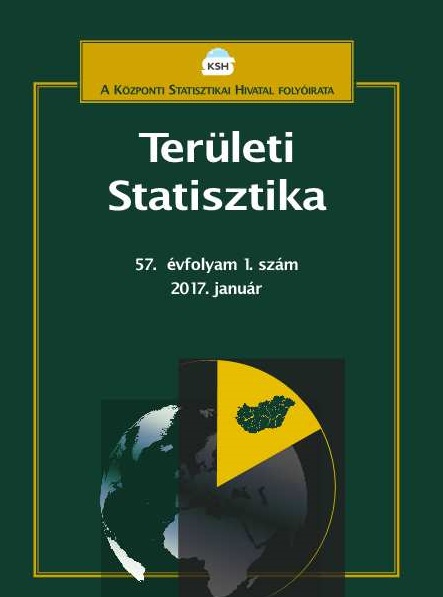A visegrádi országok vidéki tereinek rendszerváltás
utáni vándorlási folyamatai
Rural Migration Trends in the Visegrad Group After the Political and Economic Transition
Author(s): József LennertSubject(s): Social Sciences, Economy, Geography, Regional studies
Published by: Központi Statisztikai Hivatal
Keywords: Visegrad Group; rural areas; migration; suburbanization; dezurbanization
Summary/Abstract: This paper investigates the migration processesof the rural areas of the Visegrad Group afterthe political and economic transition. Theanalysis was based on a local administrative unit (LAU 2) level database, relying on the availabledata from the statistical offices of the fourcountries. The analysis was conducted incountry and LAU 2 level, with the introductionof three spatial categories (urban areas,commutable rural areas, remote rural areas).The results show that the transition was indeeda turning point in the rural migration trends ofthe Visegrad Group: after 1990, the rural areascan be characterized with an increasinglypositive balance. However, withsuburbanization as the dominant migrationprocess, this surplus was mostly limited to thecommutable rural areas. Also, there are only afew signs of the appearance of thedezurbanization in the region, which is acharacteristic element of the Western Europeanrural restructuring process. Moreover, someresults indicate the presence of an involuntarymigration following the political and economictransition. Although the basic trends arecommon, there are significant differencesbetween the extent and the development of thepost-socialist rural migration patterns of theVisegrad countries.
Journal: Területi Statisztika
- Issue Year: 57/2017
- Issue No: 03
- Page Range: 272-293
- Page Count: 22
- Language: Hungarian

